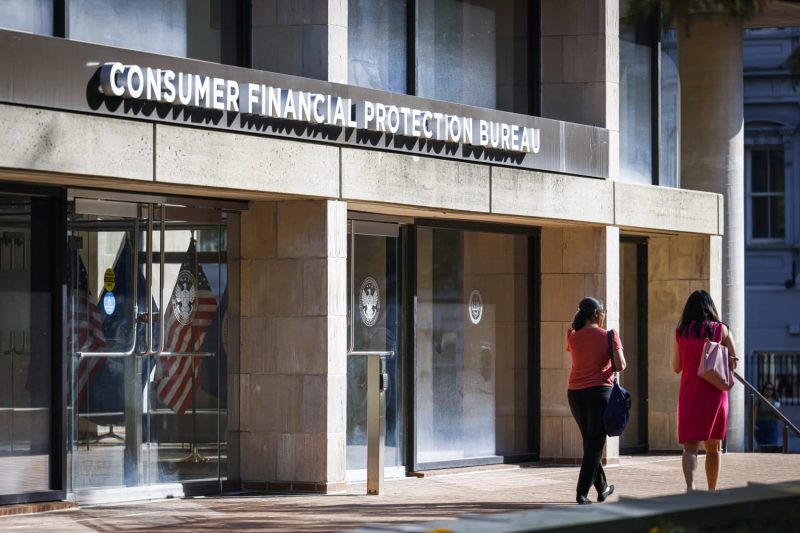The Consumer Financial Protection Bureau (CFPB) has been set to implement a new rule that could potentially save American consumers an estimated $10 billion annually in late fees. This rule was designed to protect consumers from unfair and deceptive practices by financial institutions, aimed particularly at those who struggle to meet their payment deadlines. However, just as the implementation of the rule was imminent, a potential last-minute freeze on the rule has emerged, with significant implications for both consumers and financial institutions.
The proposed rule by the CFPB sought to address a common issue faced by many consumers – late payment fees. Often, consumers are hit with exorbitant late fees when they miss their payment deadlines, with financial institutions raking in substantial profits from these penalties. This practice not only exacerbates the financial burden on those already struggling but also contributes to the cycle of debt and financial insecurity.
By capping late fees and ensuring greater transparency in fee structures, the CFPB rule aimed to provide much-needed relief to consumers, saving them billions of dollars collectively. The rule was seen as a step in the right direction towards promoting fairness and accountability in the financial industry, aligning with the core mission of the CFPB to protect consumers from predatory practices.
However, the potential last-minute freeze on the implementation of this rule raises concerns and uncertainty among both consumers and financial institutions. Proponents of the freeze argue that the rule may have unintended consequences, such as restricting access to credit for certain consumers or leading to increased costs for financial institutions, which could ultimately be passed on to consumers.
On the other hand, critics of the freeze claim that it undermines the CFPB’s efforts to safeguard consumers and hold financial institutions accountable for their practices. They argue that delaying or halting the implementation of the rule could perpetuate the cycle of debt and financial hardship for many Americans, particularly those most vulnerable.
At the heart of this issue lies the balance between consumer protection and industry interests. While it is essential to ensure that financial institutions can operate effectively and profitably, it is equally crucial to safeguard the rights and interests of consumers, especially those facing financial challenges.
In conclusion, the potential last-minute freeze on the CFPB rule intended to save Americans billions of dollars in late fees highlights the complexities and competing interests at play in the financial industry. Moving forward, it is essential to strike a balance that promotes fair and transparent practices while also allowing financial institutions to thrive. Ultimately, the goal should be to create a financial system that works for the benefit of all stakeholders, rather than serving the interests of a few at the expense of the many.



























